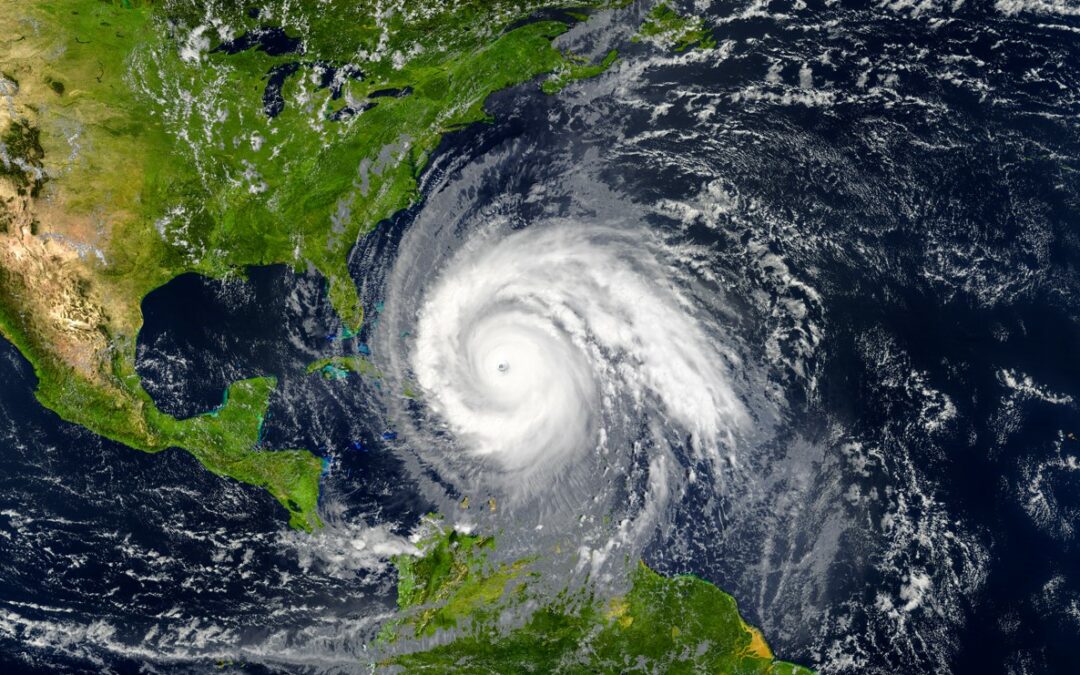You’ve been watching the news loosely for a few days now, and the warnings keep getting more and more intense. There is a hurricane forecasted to hit the East Coast, and a high probability that your area, and your property, will be impacted. You begin to feel anxious and instantly feel short on time to prepare.
Hurricane Season runs from June 1 through the end of November. If you live on the east coast or in the Mid-Atlantic region, over the last several years, we have seen hurricane activity increase, and headliner storms such as Ida and Sandy wreak havoc in our own backyards. It is likely that at least once in this season, the news story mentioned above will happen, here. Here are some quick terms associated with hurricanes to get familiar with.
So, what CAN you do to prepare? If you are a SecureCore client, you can turn to your “Procedures” section in the app for a list of actions to take in the various stages of hurricane activity.
If you are not a SecureCore client, we will give you a few starting points here:
Before hurricane season –
1. Be aware of the area-specific risks where you live and work. Know how to get out of the area as quickly as possible, should an evacuation order be issued.
2. Contact the local emergency management office (state level municipality of FEMA), or the American Red Cross, and ask for their recommended information on hurricane preparedness, and any plans they have on file.
Pro Tip: These organizations could provide you with information on the safest evacuation routes and information on the local shelters.
3. Protect windows or be prepared to protect windows. While permanent shutters are the best protection, a lower-cost approach is to put up plywood panels.
Pro Tip: 1/2 inch plywood is recommended – (marine plywood is best) – cut to fit each window. If there are different size windows, remember to mark which board fits which window before you store them for future use.
4. Trim back dead or weak trees and branches.
5. Educate yourself on hurricane terminology.
Pro Tip: Specifically, it is important to know that:
- A Hurricane Watch is issued when a hurricane is POSSIBLE. This means BE PREPARED.
- A Hurricane Warning is issued when a hurricane is EXPECTED. This means TAKE ACTION
6. Learn emergency skills, like CPR and basic first aid.
7. Build an emergency kit and a plan for how to live without power, for an extended period.
8. Create a plan to stay connected, including supplies in your emergency kit like batteries and cell phone chargers.
During hurricane season –
1. Stay up to date on severe weather alerts and monitor any storms that are predicted to move into our area.
Pro Tip: Hurricane paths are often unpredictable and can shift at the last minute. In addition, storms can often bring heavy wind and rain to an area that was not expecting much impact.
2. Monitor and adjust your arsenal of supplies, including your emergency kits, so you can act quickly if a storm is predicted to make landfall in your area.
Pro Tip: Hot commodities once a hurricane is forecasted will include sandbags, plywood sheets, bottled water, generators, and gasoline.
3. If time allows, driving the evacuation routes to ensure familiarity before a storm and identifying shelter locations will make an evacuation smoother.
The above list should get you thinking in the right direction on steps you can take NOW, so when you see potential hurricane landfall in your newsfeed, you have actions already in place to help you prepare and respond to the threat ahead.
If you want more information and conversation on this important topic – stay tuned and subscribe to our blog for more content on hurricane season and preparedness, in the weeks ahead!
Interested in more information? Let’s chat! CLICK HERE to contact us.

